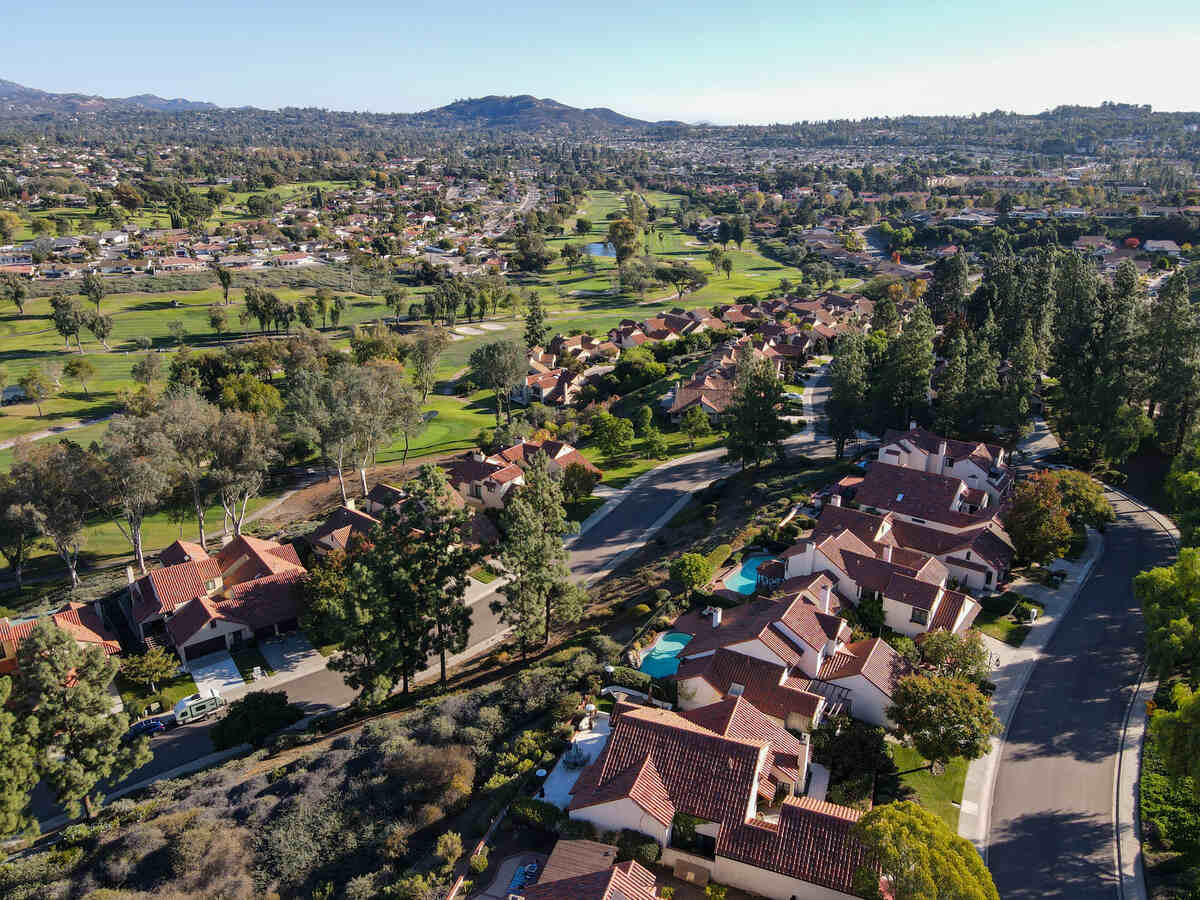
Nutrients like nitrogen, phosphorus, and potassium are some of the building blocks your turf uses to grow green and healthy. Fertilizer adds these nutrients to the soil, but simply sprinkling fertilizer over your grass won’t do. You must fertilize correctly and at the right time of year. Do you know when to fertilize your lawn in California?
There’s no one-size-fits-all-Californians answer because California is simultaneously located above, below, and within the transition zone, meaning different grass types with different fertilization schedules thrive across the state. Here’s a nifty guide you can use to figure out the best time to fertilize your California grass type.
- When to Fertilize a Warm-Season Lawn
- When to Fertilize a Cool-Season Lawn
- When to Fertilize the Lawn in Northern California
- When to Fertilize the Lawn in Central California
- When to Fertilize the Lawn in Southern California
- How Much Fertilizer to Use on Your California Lawn
- How Often to Fertilize the Lawn in California
- FAQ
You want to fertilize your grass when it’s actively growing, so determining the right time to fertilize your lawn mostly comes down to what type of grass you have. The specifics might differ a little depending on where you are in the Golden State. So, start by identifying your grass type. For assistance, see our guide to the best types of grass for California.
When to Fertilize a Warm-Season Lawn

Many Californian homeowners – especially in the southern portion of the state, around LA and San Diego – choose to grow warm-season grass on their lawns because of these grass types’ heat resistance and drought tolerance. Some popular grass types that count as warm-season turf include Bermudagrass, Zoysiagrass, St. Augustinegrass, California buffalograss, and Kikuyugrass.
Warm-season grasses like these grow best when the air temperature is 80°F or above. If you have a warm-season lawn, this means you should fertilize your lawn in mid to late spring, then again in summer, and finally in early fall. Depending on where you live, you might be able to start fertilizing as early as April and lay down your last application of fertilizer as late as October.
When to Fertilize a Cool-Season Lawn
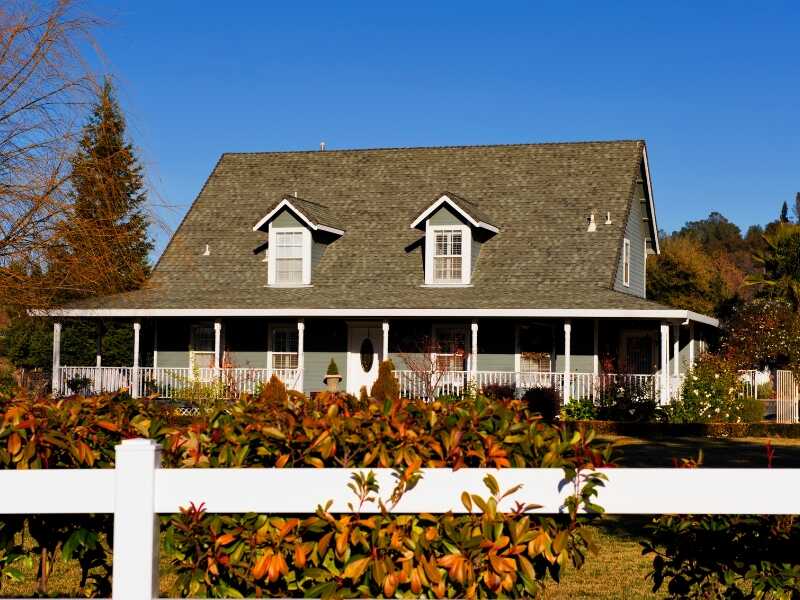
Californian homeowners that prefer to have a green lawn throughout the year grow cool-season grasses. Some grass types you can find on a cool-season lawn are Kentucky bluegrass, ryegrasses, and fescue grasses.
Cool-season turf’s growing period is during the cooler seasons of fall and spring. As a general guideline, Californian homeowners should fertilize their cool-season lawns in early spring (March), then again in May, then from September to October.
When to Fertilize the Lawn in Northern California
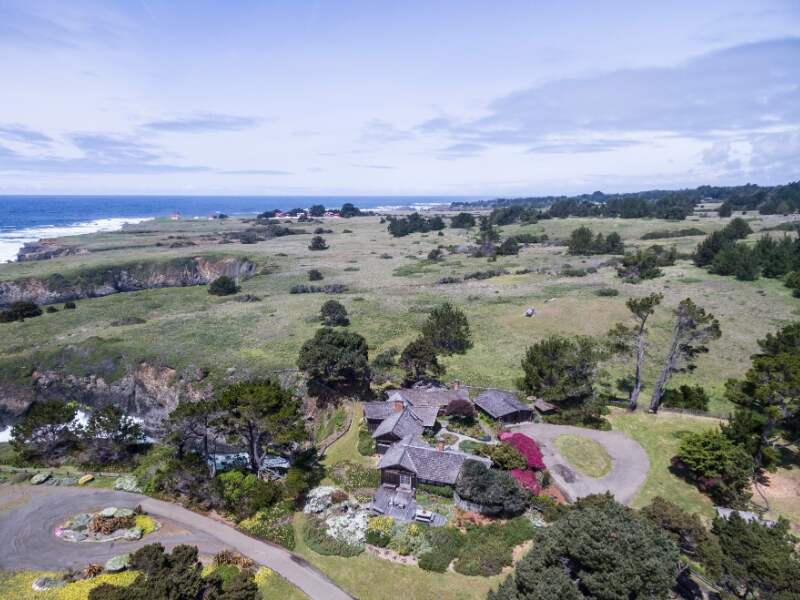
The best time to fertilize your lawn in Northern California really depends on your grass species. For the most part, fertilizing warm-season grasses from May to June and then again from September to October is a good idea.
Generally, cool-season grasses should be fertilized in March, then May, and then from September to October. However, the University of California’s Statewide Integrated Pest Management Program (UC IPM) recommends that lawns in the Northeastern California Mountain Valleys area should be fertilized from May to June and August to September. This area covers these counties:
- Modoc County
- Most of Lassen County
- Parts of Siskiyou, Shasta, Plumas, Butte, and Tehama counties
When to Fertilize the Lawn in Central California
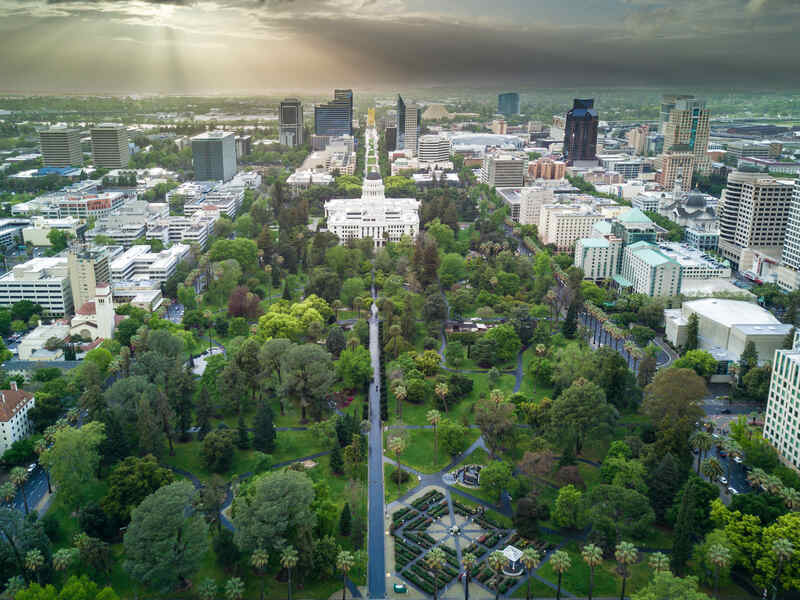
As always, homeowners in Central California should check their grass type to find out the best time to fertilize their lawns. Warm-season lawns should be fertilized from May to June and again from September through October.
Most homeowners should fertilize their cool-season turf in March, then May, then from September to October. However, UC IPM recommends that lawns in the Sierra area should be fertilized from May to June and August to September. The Sierra area covers these counties:
- Sierra, Nevada, and Alpine counties
- Most of Plumas, Placer, El Dorado, Amador, Calaveras, Tuolumne, Mariposa, and Mono counties
- Parts of Lassen, Butte, Yuba, Madera, Fresno, Tulare, Kern, and Inyo counties
When to Fertilize the Lawn in Southern California
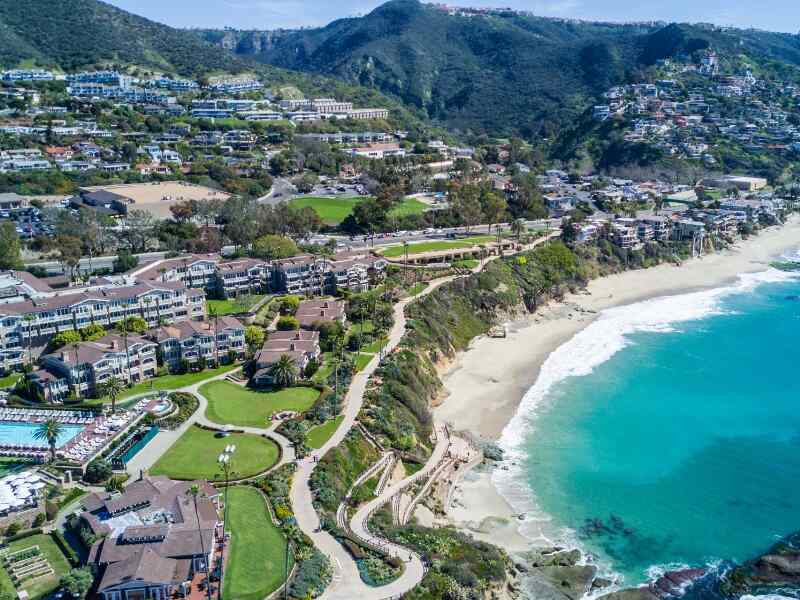
Unlike Northern and Central California, fertilizing your lawn in Southern California is a little more straightforward. While it still depends on the type of grass you have, there are no areas with a separate fertilization schedule in SoCal because most lawns are warm-season grasses.
Warm-season grasses should be fertilized from April to May, then again from September to October, while less common cool-season grasses should be fertilized in March, May, and then again from October to November.
How Much Fertilizer to Use on Your California Lawn
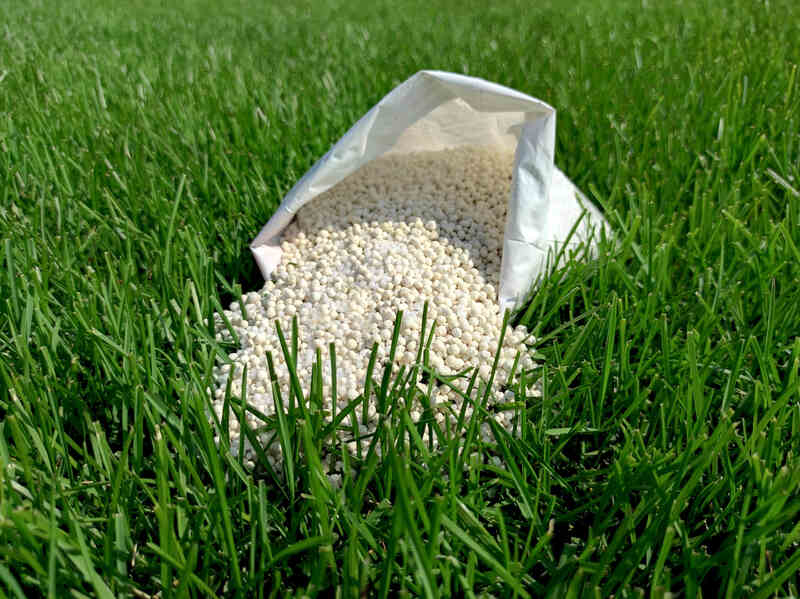
Now that you know when to fertilize your California lawn, how much do you need to give to your grass? Generally, most grasses need 4 to 6 pounds of nitrogen per year per 1,000 square feet. Keep in mind that this amount refers specifically to the amount of nitrogen, not the amount of fertilizer as a whole.
How much fertilizer you apply also depends on the shade on your lawn. Turf in shaded areas – like around trees, shrubs, or structures – should be fertilized less as they won’t grow as much.
Lastly, grasscycling can affect how much fertilizer your lawn needs. Using lawn clippings as a slow-release organic fertilizer reduces the amount of fertilizer you need to feed your grass later.
How Often to Fertilize the Lawn in California
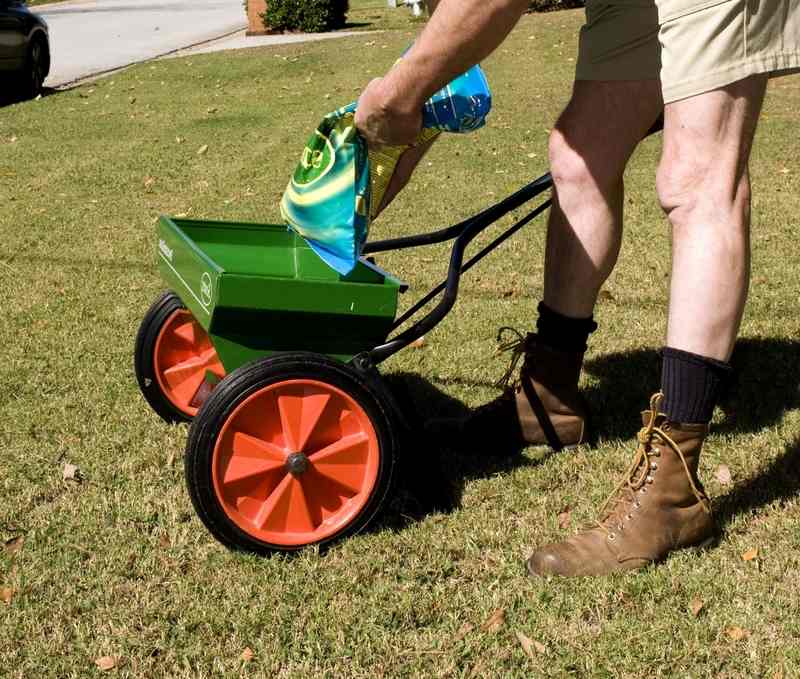
You can’t dump all of your fertilizer in one go during your turf’s growing season; you’ll risk nitrogen burn. Instead, homeowners should spread out their fertilizer over 4 to 6 applications, using about 1 pound of nitrogen for each application.
How often you should wait in between fertilizer applications depends on the type of fertilizer you’re using. Quick-release fertilizers should be reapplied after 4 to 6 weeks. Slow-release fertilizers, on the other hand, can be reapplied after 6 to 8 weeks; to compensate, you can feed your lawn more nitrogen, which won’t harm your lawn as long as it’s in a slow-release fertilizer.
FAQs About Fertilizing the Lawn in California
Compared to other turfgrasses, Zoysiagrass doesn’t need as much fertilizer. Zoysia is also a fairly low-maintenance grass, perfect for homeowners that don’t want to spend a lot of time on lawn care.
Yes, especially if you’re using granulated fertilizer. Lightly water your lawn after applying your fertilizer so that it can reach the soil and your grass’s root system.
It’s best to mow your lawn a few days before fertilization for optimal results. The worst time is mowing after fertilizing your lawn. However, if you’re pressed for time, you can mow and fertilize on the same day; you just have to mow a few hours before fertilizing.
It’s better to aerate your lawn before fertilization if it has compacted soil. Lawn aeration loosens up the soil so the fertilizer can actually reach your turf’s root system, among other benefits.
It’s also good to aerate before big lawn care practices, such as overseeding or even planting grass seed to grow a new lawn.
It’s recommended that you do a soil test so that you know exactly what nutrients your lawn grass is missing. You can use a DIY soil test kit or send your soil sample to a lab.
The transition zone is a growing region where temperatures are neither too hot nor too cold, allowing both cool-season and warm-season grasses to grow. This zone cuts through the middle of the US, between the cool and warm growing areas.
Pre-emergent herbicides should be applied to your lawn before the weeds have sprouted. To prevent summer weeds, you want to apply pre-emergent herbicide from mid-February to early March. You want to use pre-emergent herbicides from late August to early September to prevent winter weeds.
On the other hand, you want to apply post-emergent herbicides when the weeds have already germinated. However, you want to apply it as early as possible so that they aren’t able to flower and produce seeds of their own.
Fertilize for a Greener California Lawn
Fertilization is crucial to maintaining a beautiful and healthy lawn, but only if you do it right. Aside from getting the timing right, you also have to apply your fertilizer properly to avoid nitrogen burn. Are you worried about messing up and harming your lawn?
Consider hiring a professional lawn care service to handle your lawn fertilization, mowing, and more. This way, you don’t have to think about lawn maintenance; you can free up a lot of time for other activities instead. LawnStarter can connect you with a lawn care pro in Los Angeles, San Diego, San Jose, Fresno, San Francisco, Sacramento, or anywhere else in the Golden State today.
Main Photo Credit: Rancho Bernardo / Unwind / Adobe Stock Free / License